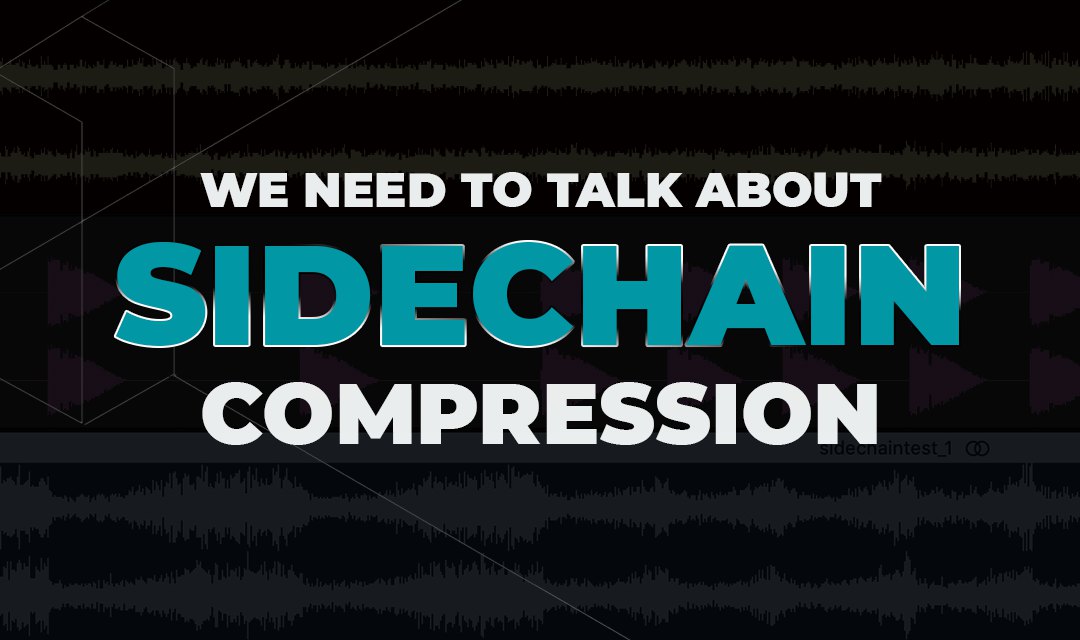First things first! You all know what sidechain compression is, right? For all those who don’t know yet, let me quickly -in plain words- recap. So, there is one signal. You want this to stand out, in total clarity! But when another signal plays along with our chosen one, it seems you ‘re losing it, it gets “buried” in the mix. If you spontaneously adjust the levels and bring it back, this may result in having it too loud or having the interfering one too quiet. One thing to do -you guessed that right- is sidechain compression! This involves compressing the sound you want to be a bit lower when our highlight sound hits by using the last as a trigger to enable that instant compression.
Sound engineering schools 30 years ago, sound engineering schools today, youtube tutorials on sidechaining, they ALL mention this as the first -and in many cases the only- example. Kick & Bass. You add the compressor to the bass to be triggered by the kick drum, so once the kick hits, the bass gets slightly -or severely- compressed, giving room to the kick sound. There’s zero chance that you haven’t listened to this effect in hundreds or thousands of tracks already, pretty much whatever your music of choice* is.
By the way, you’ve also heard about sidechain, alternatively called “ducking” after the resulting effect it creates, if you are a DJ trying to figure out how the music would automatically go volume down once you shout at the microphone. Well, that’s so 90’s as well so let’s move on, it’s still cool to know how this is done though.
There’s only one reason that made me write this small article. Almost everyone seems to get the kick-bass case as the only case where this technique should be used. It is, indeed, super effective and an easy way to get great results while mixing but sidechaining is a tool that can be used both for extremely specific compression reasons as well as for ultra-creative ones!
Why not try to slightly compress the guitars when the vocals come in? You could make that synth arpeggio stand just a bit better if you compressed the backing pads once this hits. The ducking effect that sidechain compression is creating when pushing the threshold enough and experimenting with release times, can be used creatively to add movement to your track.
Depending on the genre you are producing as well as the vibes you want to express, using sidechain compression properly can lead to clean, well-balanced results. If you want to adjust the levels on a case by case scenario though, if you want each interaction to sound slightly different and more organic, you could always get a similar effect by automating the levels, and even if it involves a profoundly greater effort, it might be just what your mix needs.
*music is beautiful in many forms and expressions, please don’t have this “music of choice” as your thing, always try to experiment with new approaches and styles as a listener. Once you do, I am pretty sure that not only you’ll find something you’ll love that you didn’t know it existed, but your production choices and perspective will also greatly benefit!
